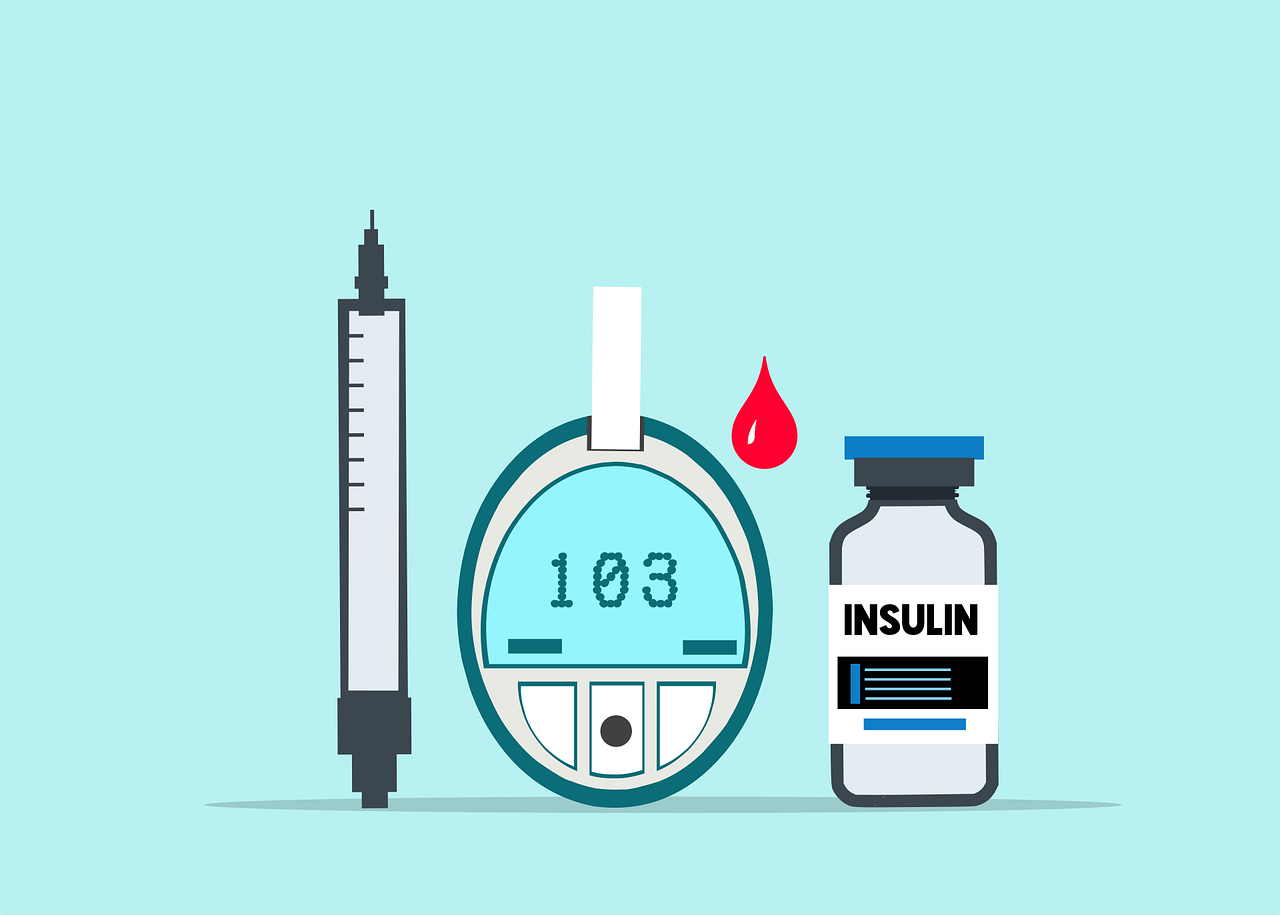
Insulin resistance is a condition where the body’s cells do not respond properly to insulin, leading to elevated blood sugar levels. One of the primary methods to assess insulin resistance is the HOMA-IR test. This article will delve into the details of the HOMA-IR test, its significance, and its application.
What is HOMA-IR?
HOMA-IR stands for Homeostatic Model Assessment for Insulin Resistance. It is an index used to approximate insulin resistance in an individual. The test is widely recognized for its simplicity and non-invasive nature.
The meaningful part of the acronym, “insulin resistance,” indicates both the presence and extent of any insulin resistance an individual might express. The test uses fasting blood glucose and fasting insulin levels to calculate a value that represents insulin resistance.
Why is the HOMA-IR Test Important?
Insulin resistance is a precursor to several health conditions, including Type 2 diabetes, metabolic syndrome, and certain cardiovascular diseases. Early detection of insulin resistance can lead to timely interventions, potentially preventing the onset of these conditions.
The HOMA-IR test provides a quantitative measure of insulin resistance, allowing healthcare professionals to:
- Diagnose insulin resistance in its early stages.
- Monitor the effectiveness of treatments aimed at reducing insulin resistance.
- Predict the risk of conditions like Type 2 diabetes.
How is the HOMA-IR Test Conducted?
The HOMA-IR test requires a blood sample, typically taken after an overnight fast. The test measures:
- Fasting Blood Glucose: The amount of sugar in the blood after fasting.
- Fasting Insulin: The amount of insulin in the blood after fasting.
Using these values, the HOMA-IR value is calculated using the formula:
HOMA-IR=(Fasting Insulin (μU/mL) × Fasting Glucose (mmol/L)) / 22.5
A higher HOMA-IR value indicates greater insulin resistance.
Where Can You Get a HOMA-IR Test?
Several diagnostic labs and healthcare facilities offer the HOMA-IR test. Some of the known diagnostic centers include:
- Quest Diagnostics: A leading diagnostic services provider, they offer the HOMA-IR test at many of their locations.
- LabCorp: Another major diagnostic service provider that offers the HOMA-IR test.
For those looking for more convenience, there are also HOMA-IR home test kits available. These kits allow individuals to take a blood sample at home and send it to a lab for analysis.
Frequently Asked Questions (FAQs) about HOMA-IR
1. What exactly is HOMA-IR?
Answer: HOMA-IR stands for Homeostatic Model Assessment for Insulin Resistance. It’s an index used to determine the level of insulin resistance in an individual by using their fasting blood glucose and fasting insulin levels.
2. Why is the HOMA-IR test important?
Answer: The HOMA-IR test is crucial because it helps in the early detection of insulin resistance, a condition that can lead to several health issues, including Type 2 diabetes, metabolic syndrome, and certain cardiovascular diseases. Identifying insulin resistance early allows for timely interventions.
3. How is the HOMA-IR value calculated?
Answer: The HOMA-IR value is calculated using the formula: HOMA-IR=(Fasting Insulin (μU/mL)×Fasting Glucose (mmol/L))/22.5HOMA-IR=(Fasting Insulin (μU/mL)×Fasting Glucose (mmol/L))/22.5 A higher value indicates greater insulin resistance.
4. Where can I get a HOMA-IR test done?
Answer: The HOMA-IR test is available at many diagnostic labs and healthcare facilities. Renowned diagnostic centers like Quest Diagnostics and LabCorp offer this test. Additionally, there are HOMA-IR home test kits available for those who prefer to take the test at home.
5. What does a high HOMA-IR value indicate?
Answer: A high HOMA-IR value indicates that the individual has a higher level of insulin resistance, meaning their body isn’t using insulin effectively to lower blood sugar levels.
6. Are there any preparations required before taking the HOMA-IR test?
Answer: Yes, the HOMA-IR test typically requires an overnight fast. This means you shouldn’t eat or drink anything (except water) for 8-12 hours before the test.
7. Can the HOMA-IR test diagnose diabetes?
Answer: While the HOMA-IR test can indicate insulin resistance, which is a precursor to Type 2 diabetes, it’s not a diagnostic test for diabetes itself. Other tests, like the oral glucose tolerance test (OGTT), are used to diagnose diabetes.
8. Is the HOMA-IR test expensive?
Answer: The cost of the HOMA-IR test can vary based on location, healthcare provider, and whether it’s covered by insurance. It’s best to check with your local diagnostic center or healthcare provider for specific pricing details.
9. Can I use the HOMA-IR test to monitor the effectiveness of my treatment for insulin resistance?
Answer: Yes, the HOMA-IR test can be used to monitor insulin resistance levels over time, helping to assess the effectiveness of treatments or lifestyle changes aimed at reducing insulin resistance.
10. What should I do if my HOMA-IR value is high?
Answer: If your HOMA-IR value is high, it’s essential to consult with a healthcare professional. They can provide guidance on potential treatments, lifestyle changes, and other tests to further assess your health.
Conclusion
The HOMA-IR test is a valuable tool in the early detection and management of insulin resistance. By understanding your HOMA-IR value, you can take proactive steps towards better health, potentially preventing conditions like Type 2 diabetes.
Blog Tags: HOMA-IR, Insulin Resistance, Diabetes, Blood Sugar, Fasting Insulin, Fasting Glucose, Diagnostic Tests, Metabolic Syndrome, Cardiovascular Diseases.










